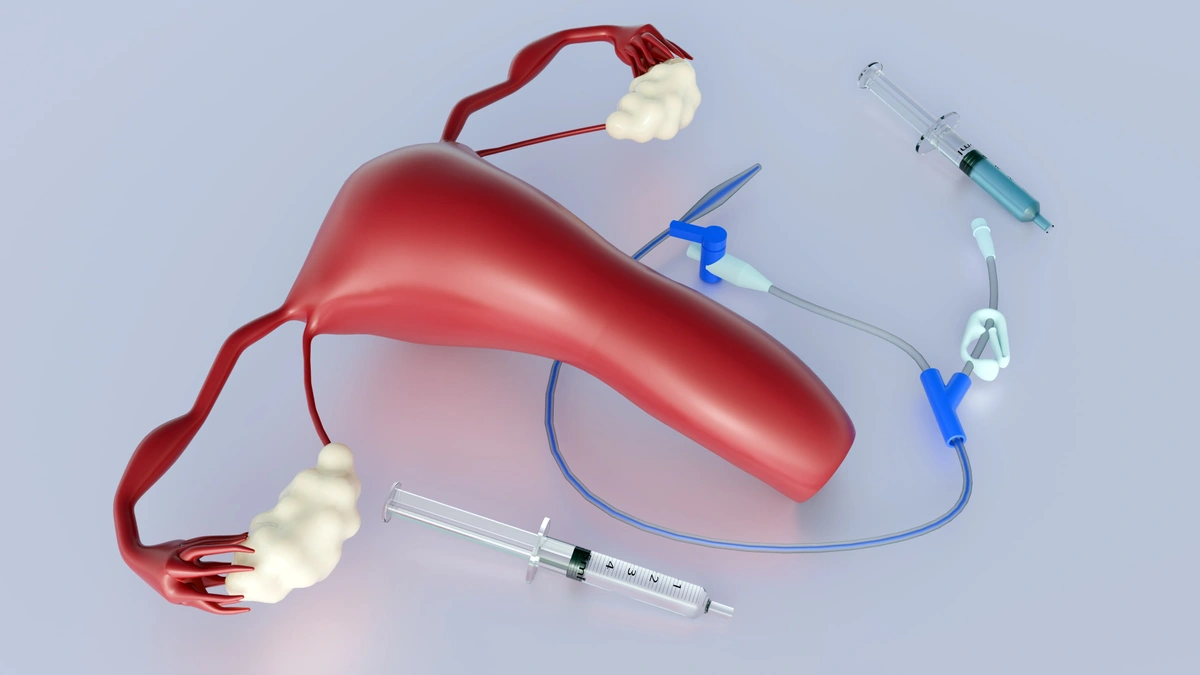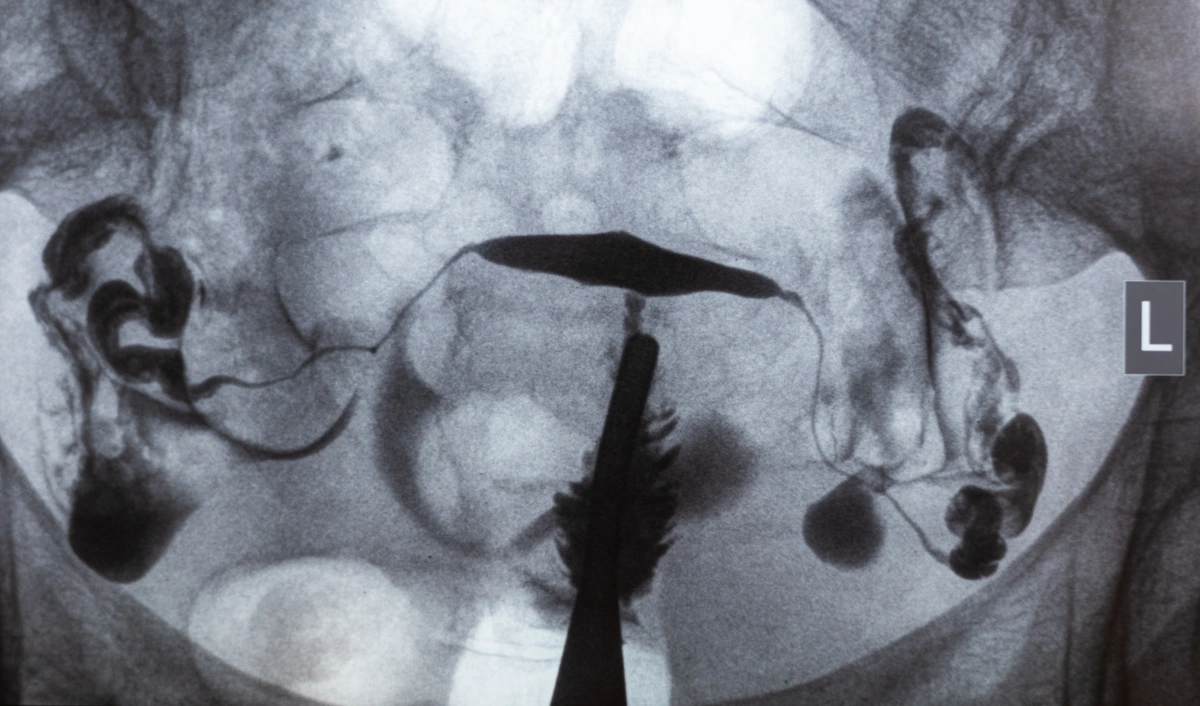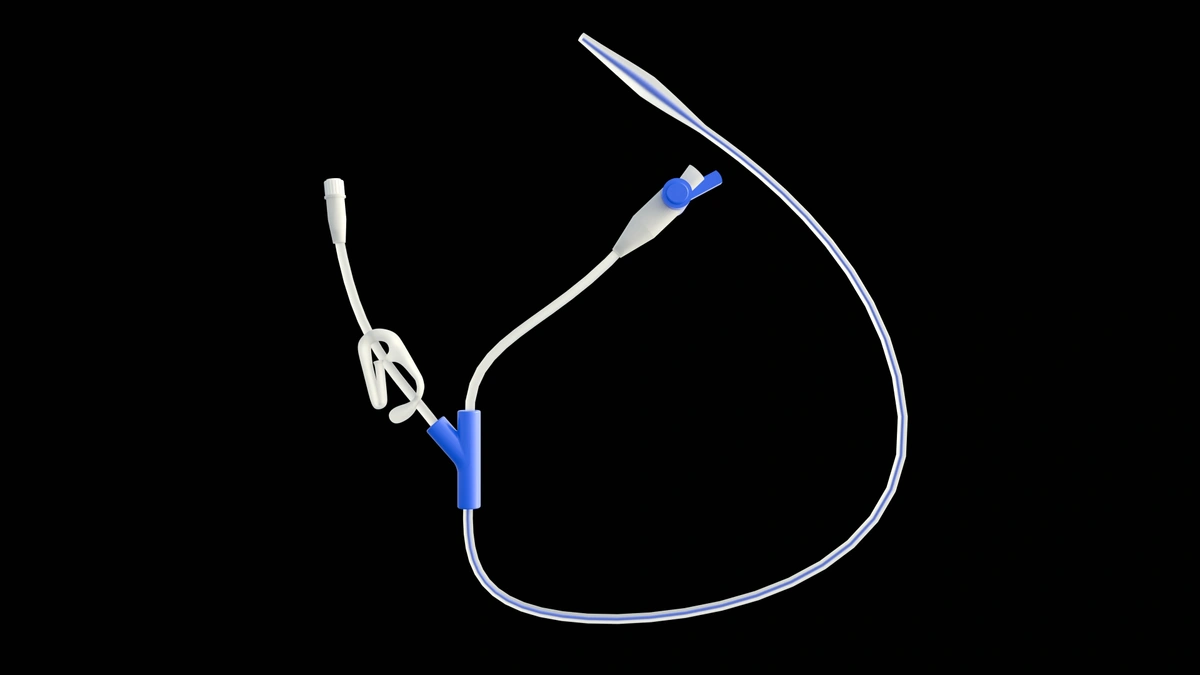
What Is an HSG Test? A Closer Look at This Key Fertility Evaluation Tool
If you're exploring fertility testing or trying to understand the causes behind delayed conception, your provider may recommend a diagnostic procedure called an HSG test. At Indiana Fertility Institute (IFI), the hysterosalpingogram (HSG) is a common and valuable tool we use to assess tubal and uterine health—and to guide next steps in your personalized care plan.
But what exactly is an HSG, and why is it such an important part of fertility evaluation? Let’s break it down.
What Is an HSG Test?
An HSG, or hysterosalpingogram, is a specialized type of X-ray procedure that gives fertility specialists a detailed look at the uterus and fallopian tubes. It’s often used early in the diagnostic process to identify any physical barriers that could be interfering with pregnancy.
The HSG can detect:
-
Blocked fallopian tubes
-
Uterine abnormalities, such as fibroids, adhesions, or polyps
-
Scarring from infections, prior surgeries, or conditions like endometriosis
By observing how a contrast dye moves through your reproductive tract, we’re able to determine whether these pathways are open and functioning properly—key factors in your ability to conceive naturally.
X-ray image of an HSG
What Happens During an HSG Test?
The HSG procedure is usually scheduled between days 6 and 11 of your menstrual cycle, after your period ends but before ovulation begins. This timing helps ensure the most accurate results and lowest risk of interfering with a potential pregnancy.
Here’s what you can expect before, during, and after the test:
Before the Procedure
-
You may be advised to take an over-the-counter pain reliever, like ibuprofen, about an hour beforehand to help with cramping.
-
In some cases, your physician may prescribe a short course of antibiotics as a precaution to reduce infection risk.
During the Test
-
You’ll lie on a table similar to what you’d experience during a pelvic exam.
-
A small, flexible catheter is inserted through the cervix into the uterus.
-
A contrast dye is slowly injected while a series of real-time X-ray images (fluoroscopy) are captured.
-
If the dye moves freely through the uterus and fallopian tubes, that’s a strong sign they are open and unblocked.
Illustration of a catheter used during an HSG
After the Procedure
-
You may experience mild cramping or light spotting for a day or two.
-
Most patients can resume normal activities the same day, though rest is encouraged if you feel discomfort.
What Do HSG Results Reveal?
An HSG offers powerful insights that can help shape your fertility treatment plan:
-
Normal findings—open tubes and a healthy uterine shape—often indicate that you can move forward with options like timed intercourse or intrauterine insemination (IUI).
-
Blocked or damaged fallopian tubes may lead your provider to suggest surgical intervention or explore in vitro fertilization (IVF).
-
Structural uterine issues, like polyps or fibroids, can often be treated surgically to improve your chances of implantation and pregnancy.
At Indiana Fertility Institute, we’ll walk you through your results in detail and answer any questions you have about what they mean for your unique path forward.
What Are the Benefits and Risks of an HSG?
Like all medical procedures, HSG testing comes with both advantages and considerations.
Benefits
-
Non-surgical and minimally invasive
-
Provides rapid, accurate insights into tubal patency and uterine shape
-
Some patients report increased chances of conception shortly after testing—possibly due to a “flushing effect” of the contrast dye
Risks
-
Temporary cramping or mild pain during or after the procedure
-
Slight chance of spotting or vaginal discharge
-
Rare risk of infection or allergic reaction to the dye (extremely uncommon)
Your care team at IFI will take every step to ensure your safety, comfort, and understanding throughout the process.
Take the First Step with Indiana Fertility Institute
If you’ve been trying to conceive without success—or simply want a clear picture of your reproductive health—an HSG test may be the key to unlocking answers. At Indiana Fertility Institute, we’re committed to providing compassionate, expert-driven care that’s rooted in clarity and confidence.
Our goal is to help you make informed choices, starting with the right evaluations at the right time.
Ready to learn more about fertility testing or schedule an HSG evaluation?
Contact the team at Indiana Fertility Institute today. We’re here to support you with insight, experience, and individualized care—every step of the way.



